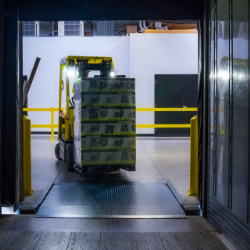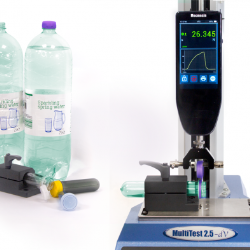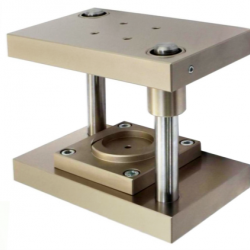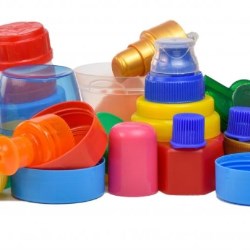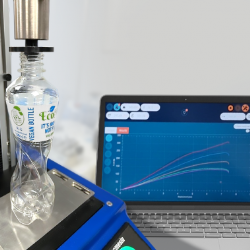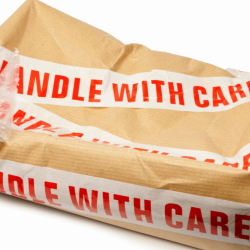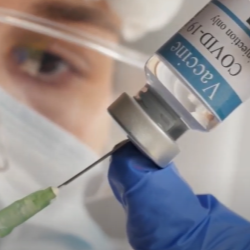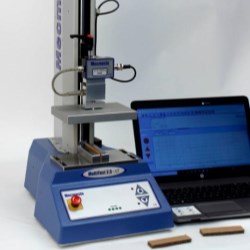Public
Mecmesin Catalog
Mecmesin Certificates
Mecmesin Documents
Mecmesin Locations
Mecmesin News
Mecmesin Videos
If this is your company, CONTACT US to activate Packbase™ software to build your portal.


6-Step Method: Webinar 5. Cushioned package development
- Date: to be confirmed
- Time: to be confirmed
- Cost: FREE - Registration is required
The package designer now has all the information necessary to adequately protect the product during distribution.
Step 1 defined the types of inputs that the package will receive during shipment.
Step 2 determined the ruggedness of the product and thus its ability to withstand the environmental inputs.
Step 3 evaluated the ruggedness to allow for product redesign.
Step 4 defined the performance characteristics of packaging materials. It's now time to combine this information into a package design.
Shock – Package design
First, gather together cushion curves for the selected cushion materials. It is important to check that the drop height at which the cushion curves were generated is the same as the design drop height selected in step 1. Next, locate the critical acceleration level determined in step 2 on each of the cushion curves. Draw a horizontal line across the plots through this point. Any portion of the curve which falls below critical acceleration line indicates the static loading range where the material should transmit less than the critical acceleration.
Vibration – Package design
For vibration consideration, we need to collect amplification/attenuation curves for the selected materials. Locate the lowest product natural frequency on each of the curves and draw a horizontal line across the plot. Any portion of the line which extends into the attenuation zone indicates the static loading range where the material should attenuate vibration at the frequencies where the product is most sensitive, see figure 13.
Once the static loadings which appear to provide adequate shock and vibration protection have been identified, material and thickness selections can be made. The actual static loading which is chosen for the package is dependent upon several factors, however designing at the highest possible static loading means using less material. When other considerations such as compressive creep are important, designing at the lowest possible static loading may be warranted. Figure 14 displays the method for calculating the amount of material which must be used around a product to reach a desired static loading.
Webinar 6 is Test the product/package system. Further details will be published in advance of the event.
Lansmont, along with Alluris, James Heal and Mecmesin are PPT Group brands.





.jpg)




.jpg)
